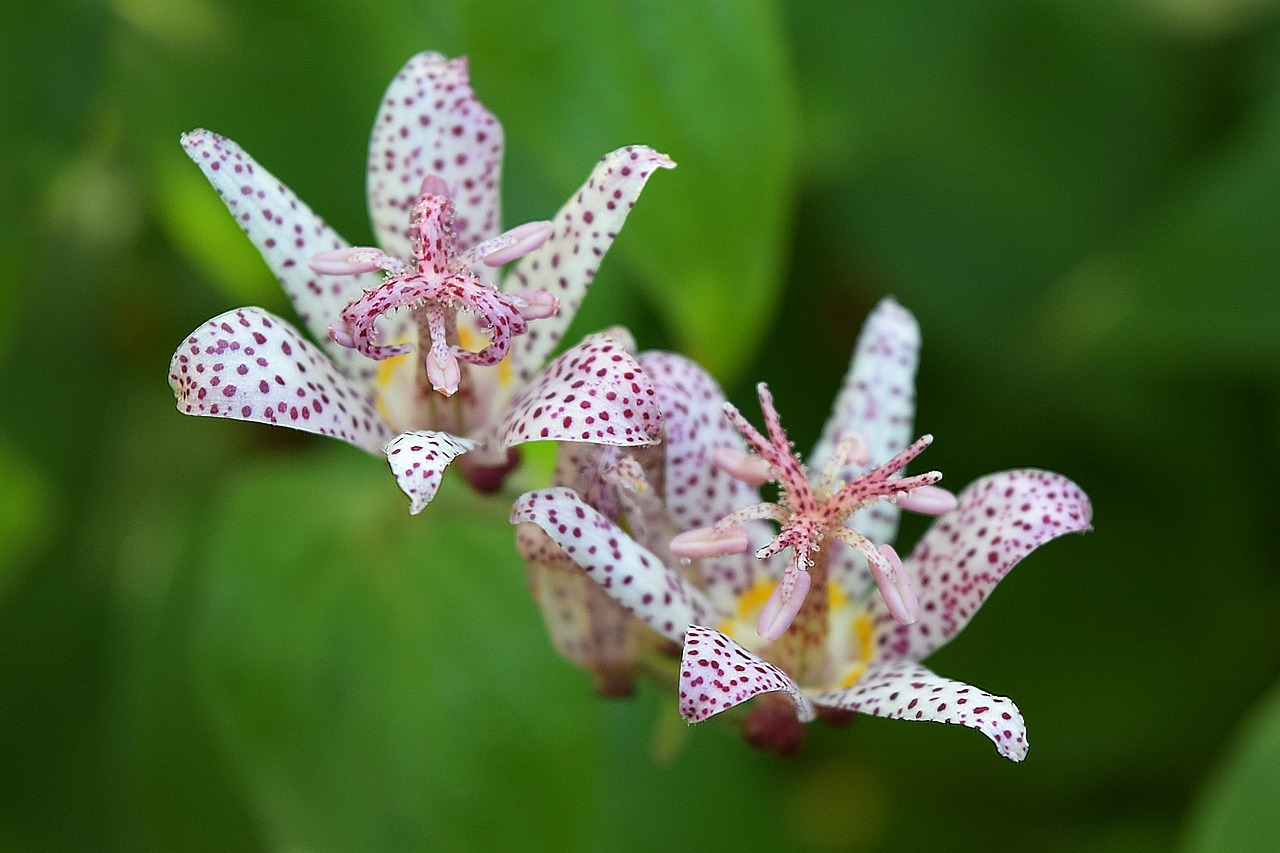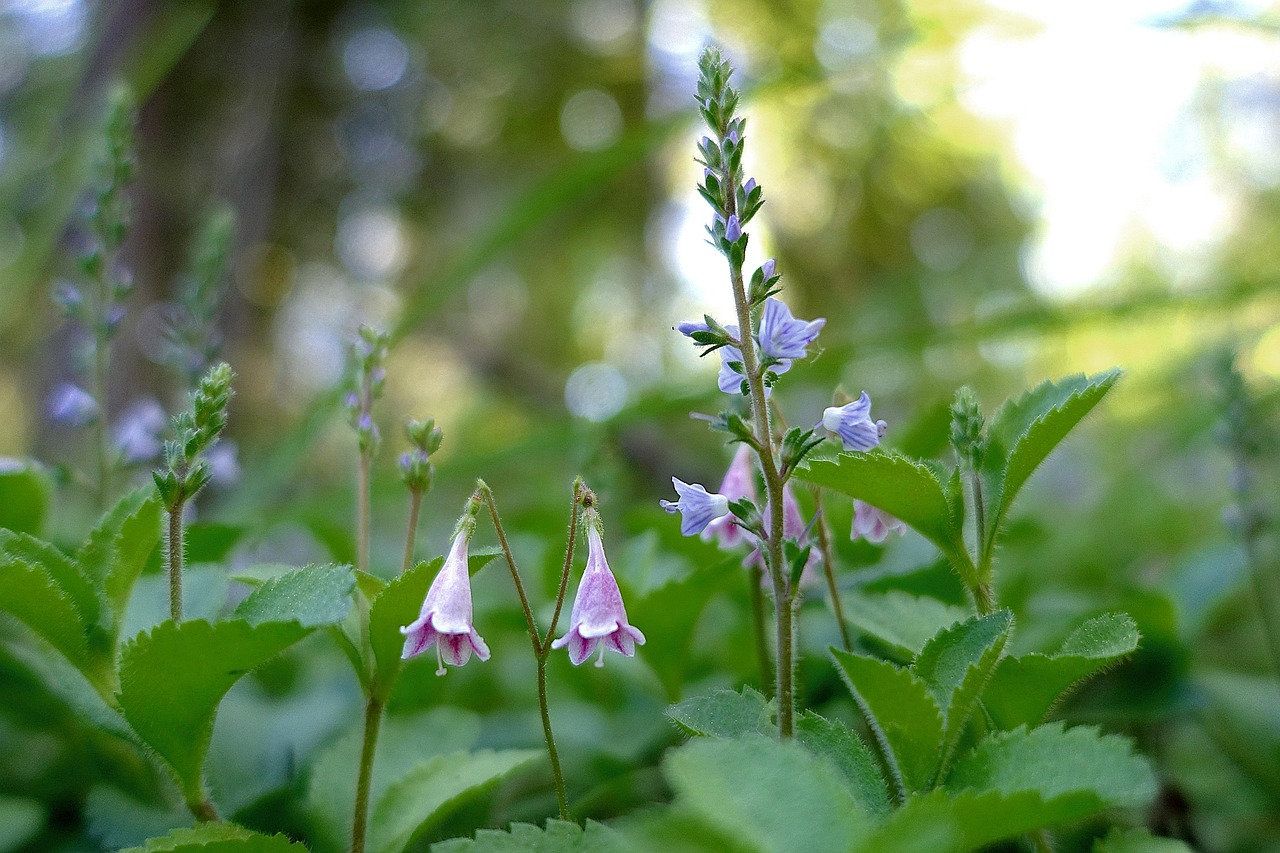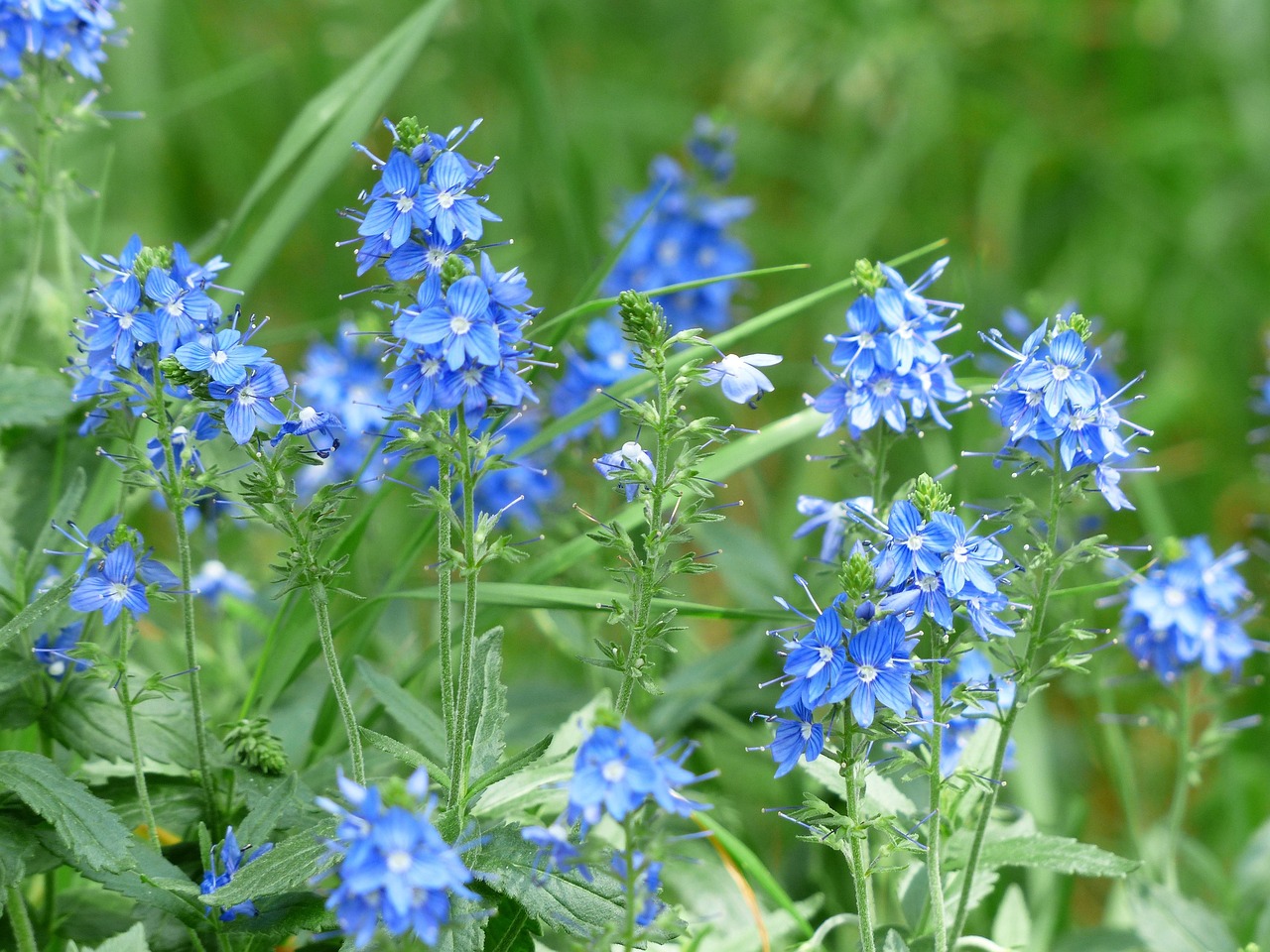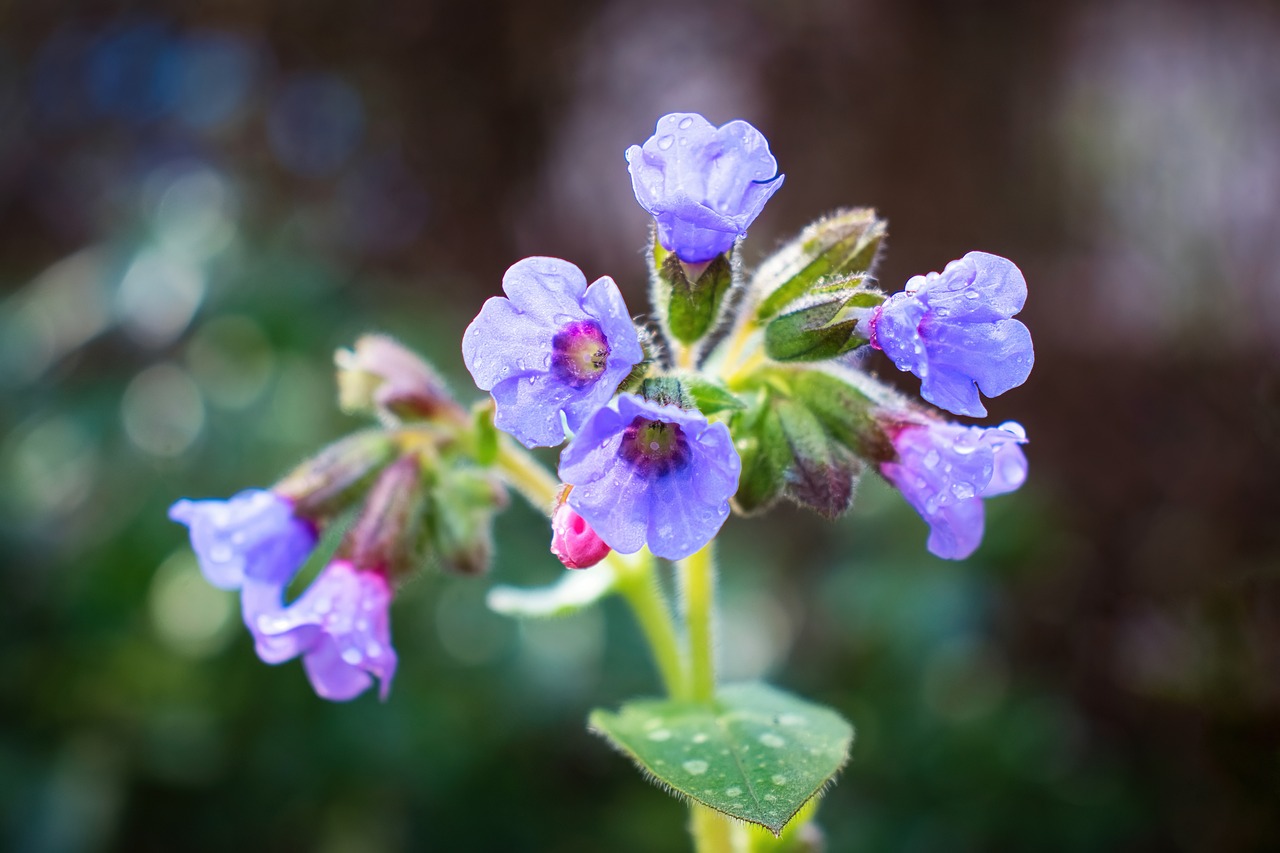Primula veris | The Key Flower that Announces Spring in Europe
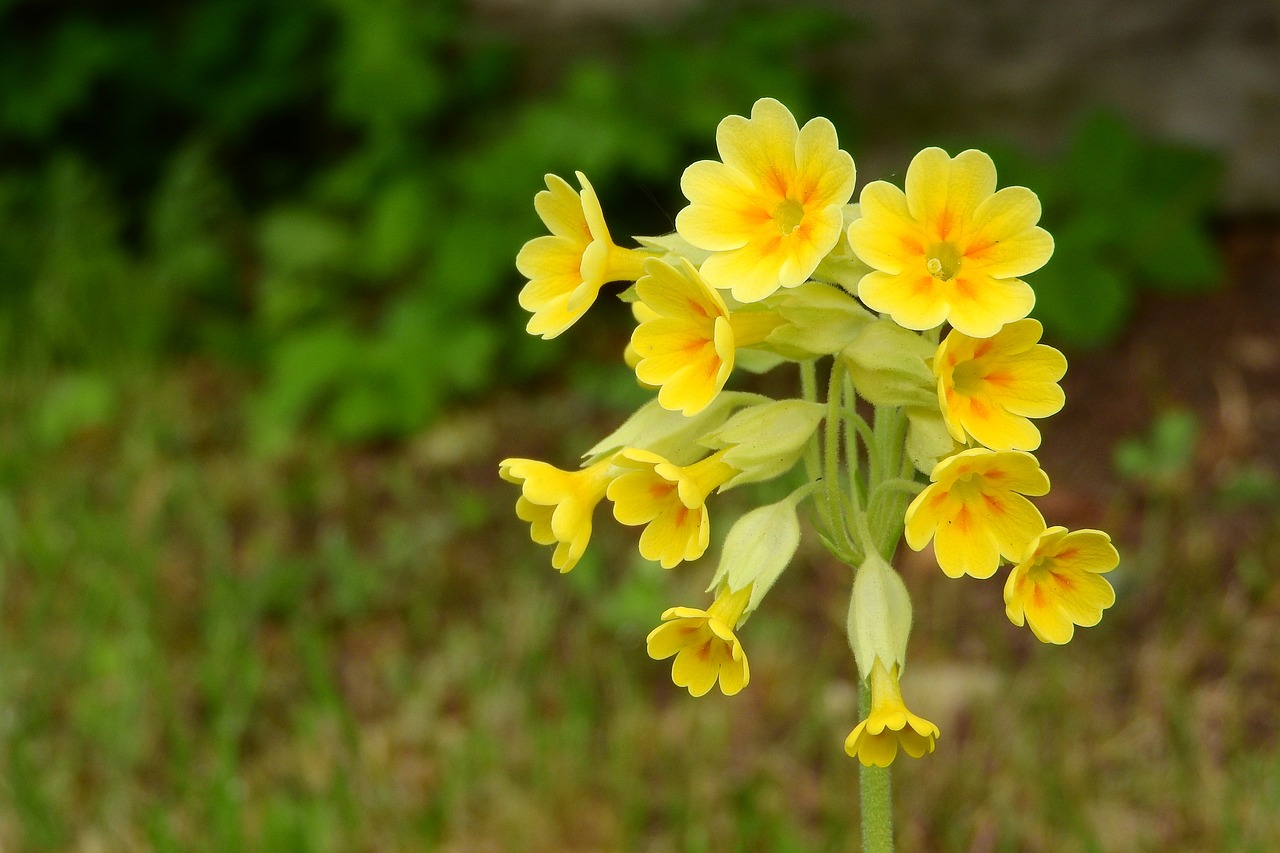
Primula veris is a perennial plant known as a delicate flower that heralds the arrival of spring.
It has long been cherished across Europe, brightening meadows and gardens alike. Its yellow petals, simple yet striking, convey a sense of vitality during the lingering cold season.
In this article, I will introduce the basic information, cultural and historical background, and cultivation tips for Primula veris.
Basic Information
- Scientific name: Primula veris
- Family: Primulaceae
- Origin: Europe and Western Asia
- Appearance: Height about 10–30 cm. Small, vivid yellow flowers bloom in a nodding manner. Leaves are oval with wavy edges, covered with soft hairs.
- Blooming season: March – May
Cultural Significance Around the World
Primula veris has been loved as a symbol of spring in Europe since ancient times.
In the United Kingdom, it is known as “Cowslip” and has been celebrated as a seasonal feature of the countryside. In rural areas, its blooming was regarded as the beginning of spring work, serving as a natural sign marking seasonal transitions.
In Germany and the Nordic countries, the shape of its flowers is often compared to a “bunch of keys,” symbolically representing the key that opens the door to spring.
The flower is also widely used in religious ceremonies and spring festivals. Its bright color and modest appearance have been valued as symbols of rebirth and purity.
Historical Anecdotes
Primula veris frequently appeared in medieval European writings and was cultivated in monastery gardens.
By the 14th century in England, it was already a familiar sight in household gardens and celebrated as one of the first flowers of spring.
From the 16th century onward, it was documented in horticultural books, classified along with other primulas, and became an object of selective breeding.
In 18th-century England, not only wild varieties but also ornamental cultivars appeared, becoming popular in the gardens of the upper classes.
Through this history, Primula veris has bridged the worlds of wild flora and horticulture, continuing to be cherished to this day.
Gardening Advice
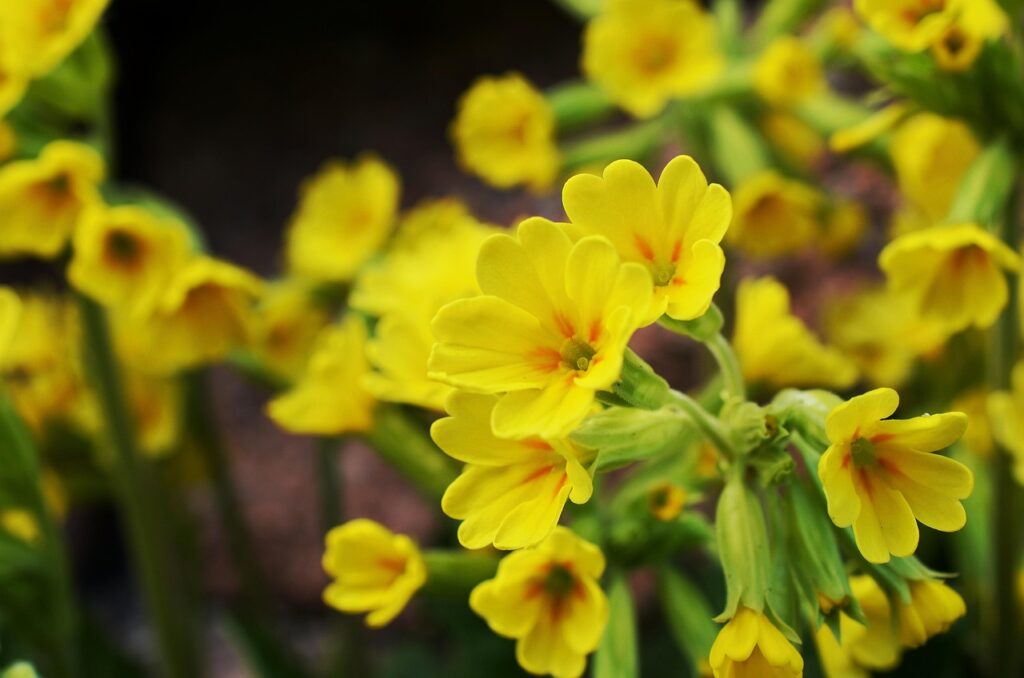
Primula veris is relatively easy to grow, but to enjoy its beautiful blossoms, I recommend paying attention to the following points:
Sunlight
Prefers bright partial shade. Avoid strong direct sunlight, which can damage the leaves. A spot with morning sun is ideal.
Watering
Likes moderate moisture. Water generously when the surface of the soil begins to dry. However, overwatering may cause root rot, so avoid keeping the soil constantly wet.
Soil
Well-drained soil enriched with leaf mold is best. A balance between water retention and drainage is ideal.
Fertilizer
Apply a small amount of slow-release fertilizer in early spring before blooming. Over-fertilization may reduce flowering.
Care
Remove spent flowers promptly to encourage new blooms. Thin out crowded leaves to improve air circulation.
Conclusion
Primula veris is a perennial that has long been cherished across Europe as a herald of spring. Its gentle yellow blossoms bring warmth and seasonal charm to both meadows and gardens.
In the United Kingdom and Germany, it is deeply rooted as a cultural symbol of spring, and historically it was valued in both monastic gardens and aristocratic estates.
When planted in bright partial shade with moist, well-balanced soil, it grows healthily. With its natural beauty and long history, Primula veris is a flower that adds a story of spring to the garden.

